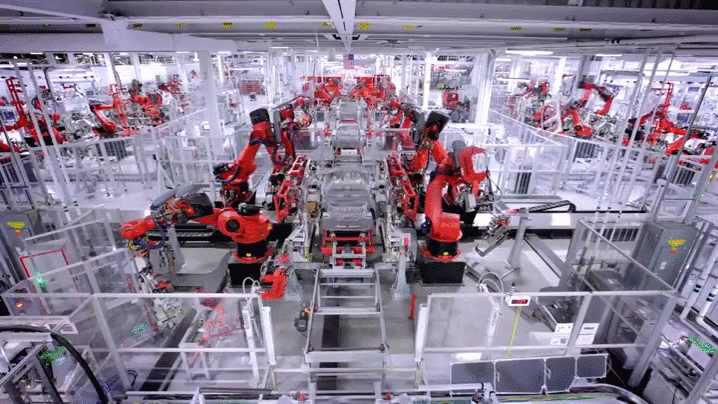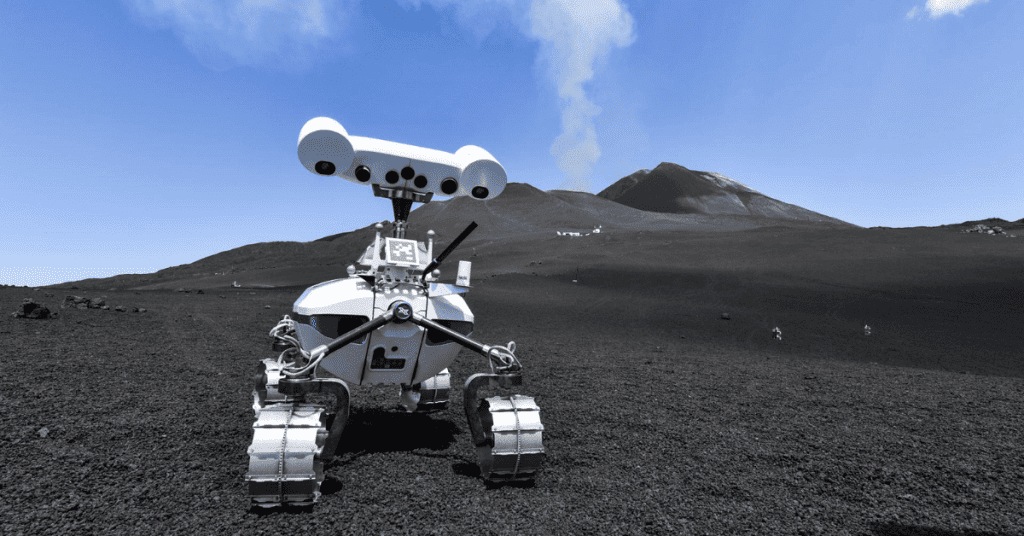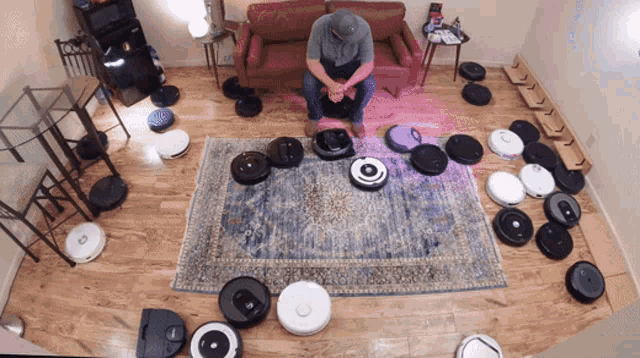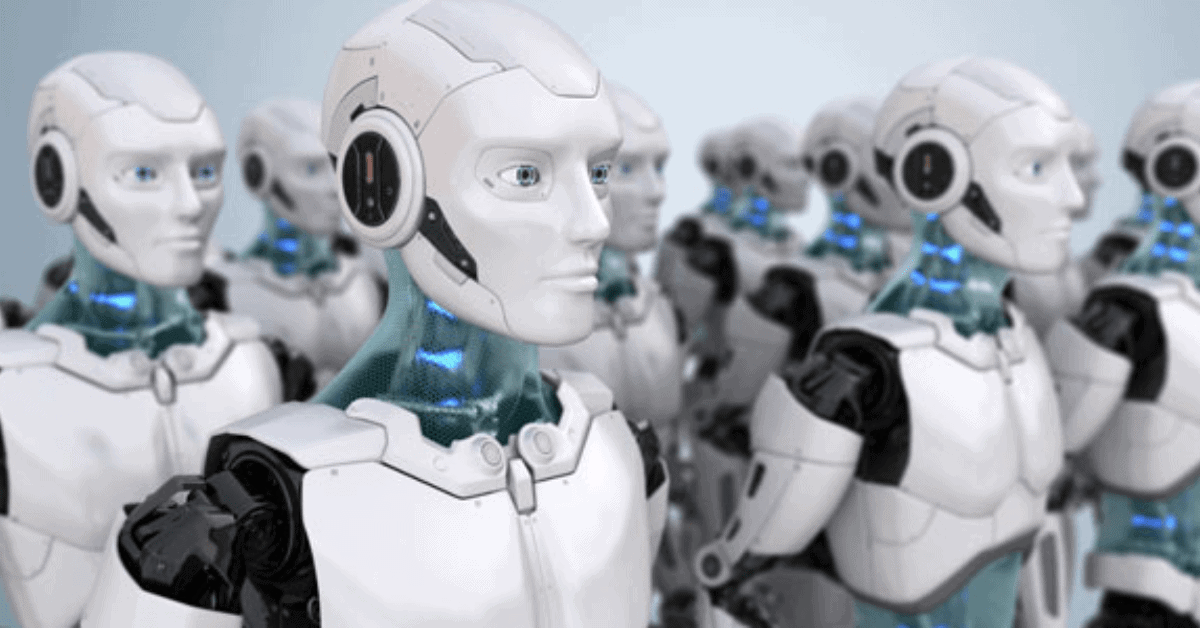When you imagine a robot, do you envision a walking, talking piece of metal? Some robots may look like people, but most don’t. They can resemble animals or even things you’ve never seen before.
Robots come in various shapes and sizes because they’re designed for multiple jobs. They’re machines built by humans, specifically by roboticists, to do specific tasks. Robots often do jobs that are either too boring or dangerous for humans.
Table of Contents
Robots: The Hardworking Machines
More than 50 years ago, the first robot was made to assist in building cars in a factory. Robots still play a significant role in car factories, performing various tasks, from assembling car pieces to painting them.
Robots work in many other types of factories, not just in car factories. They help in building computers and even in wrapping candies!

Robots are perfect for jobs like these because they’re less likely to make mistakes than humans.
Plus, they don’t need breaks, vacations, or lunch hours.
They never get bored and can keep working, making them ideal for nighttime jobs such as controlling city trains.
Robots in Extreme Conditions
Robots can also work in environments where humans struggle or can’t go. For example, robots are working in:
- Scorching places like volcanoes
- Cold areas deep underwater in the ocean
- Smelly locations like sewage plants


Interestingly, there are even robots working for us on other planets!
Yes, there are robots in space.
The robots-on-wheels, Opportunity and Curiosity, are used to explore Mars. These robots, known as rovers, are doing crucial work like studying the Martian atmosphere, examining soil, and drilling into rocks.
Robots Looking Like Humans

Although they’re uncommon, some robots look and act like humans.
One example is a robot named ASIMO, which can perform lifelike actions like walking, running, climbing stairs, and even dancing!
Robots in Our Homes
Robots have made their way into our homes as well.
They’re increasingly doing ordinary chores like mowing the lawn or vacuuming the house.
All we need to do is plug them in or press the START button.

The Future of Robots
The progress made by roboticists since the creation of the first robot over 50 years ago is impressive.
While it might be a while before a robot can do your homework or fly you to school, they’re already a part of our daily lives.
It’s exciting to think about the super-cool robots we might see in the next 50 years!
SOURCES:
To access relevant information, check out the following blogs:
Kangaroo Math Blog for Mathematics
Kancil Science Blog for Science
Beaver Computational Thinking Blog for Computer Science
Kijang Economy Blog for Economics





